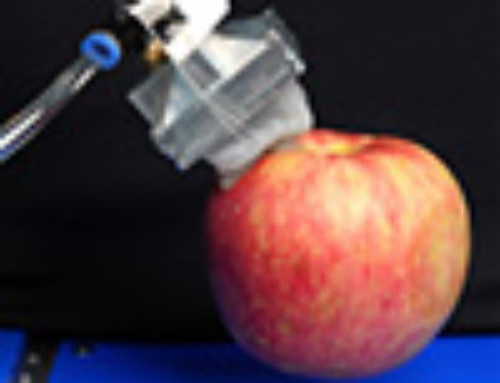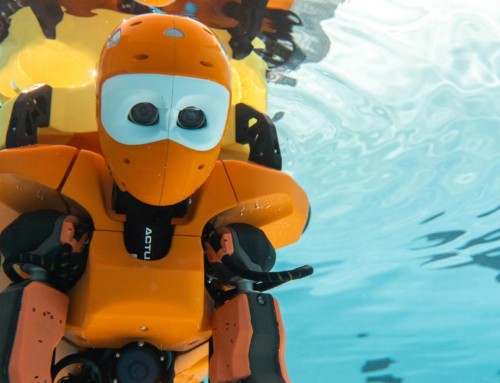[ad_1]

Robots are usually inspired by humans and animals. But the next frontier is plantoids, plant robots that move and explore the environment with smart sensors. Researcher Barbara Mazzolai has been developing plantoid technology.
The grapevines of the Italian region of Tuscany provided inspiration for researchers based in Pontedera, near Pisa, who developed the first soft robot that mimics the behaviour of tendrils. The artificial device, made of the common plastic PET, can curl around and climb a support to secure their position, much like real vines do.
This is the second plant robot created by the international research team of the Center for Micro-BioRobotics at the Istituto Italiano di Tecnologia (IIT) led by Barbara Mazzolai, a biologist with a Ph.D. in engineering.
In 2015, they developed the first plantoid. It has sensitive leaves and smart roots that copy such plant characteristics as obtaining nutrients, and avoiding danger without eyes or muscles. The tips of plant roots have sensors that track light, humidity, temperature and nutrition. To move in soil, they have to grow, adding cells to their structure. To reproduce this growth, the plantoid uses a 3-D printer.
Mazzolai says, “This is a revolution in robotics, because the robot can create its own body and move toward another stimulus of interest using manufacturing technologies. So layer by layer, it is the robot that builds its body.”
Besides its use for environmental monitoring in soil, this robot may be a flexible, growing endoscope in a human body, or even an explorer of alien worlds, thanks to its ability to dig, implant itself and adapt to new external conditions.
Mazzolai says, “In the future we will have climbing plants. This is a new project called GrowBot. They must move against gravity and not with gravity. So the challenge is to generate more suitable, perhaps more flexible, materials for this, while having a mechanism to allow the robot to move against gravity.”
The artificial tendril works via the same physical process of water transportation in plants. At the bottom of the robot, there is a polysulfone tube containing a liquid with electrically charged particles (ions). It acts as an osmotic membrane. This tube snakes in between layers of carbon fibre fabrics that function as electrodes. When the unit is connected to a 1.3 volt battery, these ions are attracted to the surface of the flexible cloth, where they attach themselves. The moving particles cause the liquid to flow and consequently, the tendril starts a coiling motion. The robot can also perform the opposite movement when the battery is detached.
The ability of vines to adapt to the environment is copied by the robot, paving the way for a series of applications, including wearable, flexible orthopaedic supports that adapt to the needs of a rehab patient, and tendrils equipped with sensors or cameras to monitor pollution or rescue people.
The first tendril-like soft robot able to climb
Citation:
The revolution of plantoids (2019, May 10)
retrieved 11 May 2019
from https://phys.org/news/2019-05-revolution-plantoids.html
This document is subject to copyright. Apart from any fair dealing for the purpose of private study or research, no
part may be reproduced without the written permission. The content is provided for information purposes only.
[ad_2]
Source link





Leave A Comment
You must be logged in to post a comment.